I have a set of positions of a curve line which red line of image, Now I have to calculate positions of rest curve lines which green line of image.
I want to combine all lines as polygon for draw which the blue line of image, I can't use line with to do it. Because I need to render color by measure data.
Now I draw blue line with triangles.
How should I calculate perpendicular curve line offset?

